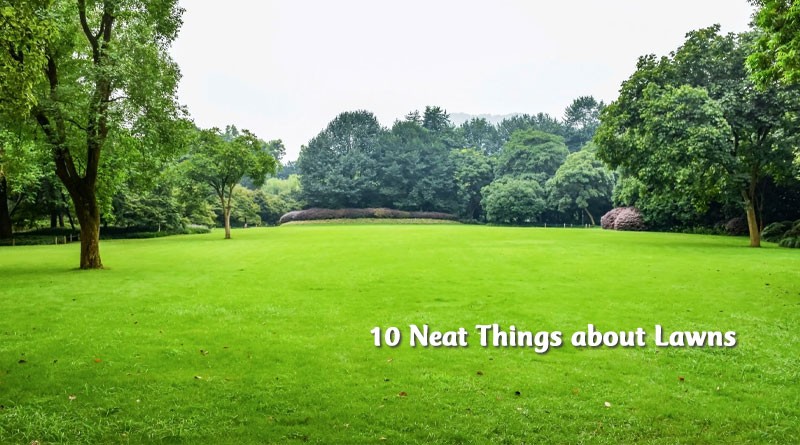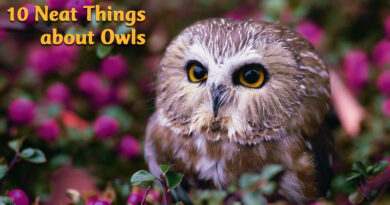10 Neat Things About Lawns

1. Cheaper and deeper but longer.
To seed or to sod? That is the question. Sodding gives you instant lawn gratification. But seeding, ah seeding! It’s much less expensive and the roots grow deeper, establishing a more durable lawn. The only drawback is that it takes longer to establish – well, that and the need for a well-prepared soil base. Skimp on the soil preparation and your lawn will soon burn out on you. On the other other hand, a sodded lawn absorbs much more rainfall than a seeded lawn even after three years of growing. (Would that make a sodden sodded lawn?)

2. It’s a newfangled idea.
Lawns are a fairly modern phenomenon, going back only to the 16th century. The first recorded mention of a lawn – “laun”, rather – was in 1540. Then for the next 200 years, homeowners and others became slaves to their scythes, then the only way to mow – unless you had a sheep.
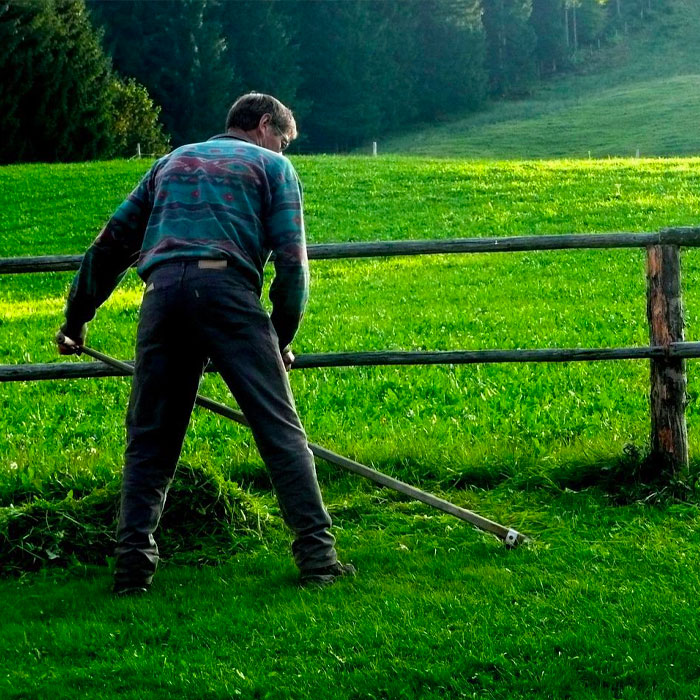
3. Scything the laun.
First of all, scythes were a Roman invention somewhere around the year 500. They didn’t show up in Europe proper until about the 13th century. Before that, harvesting (the only sensible reason back then to cut grass) was done using sickles, a much less sophisticated cutting tool than the long-handled, razor-edged scythe. Scythes were generally for right-handers only. The reason for this was simple. Scything was usually done in teams, cutting right to left. If you were the odd man out, cutting left to right… well, you get the picture.
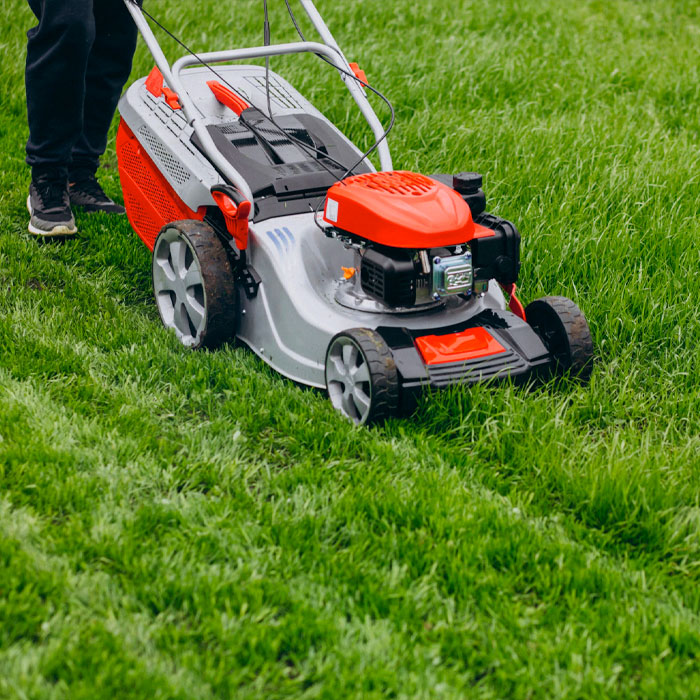
4. The dawn of the mechanical age in lawn history.
Man’s best friend, scythe-wielding lawn owners would insist, was not the dog. It was the invention of the lawn mower in 1830. This displaced the scythe labouring class, not to mention the sheep, enslaving a whole new class of labourers: husbands. Long live the mower!
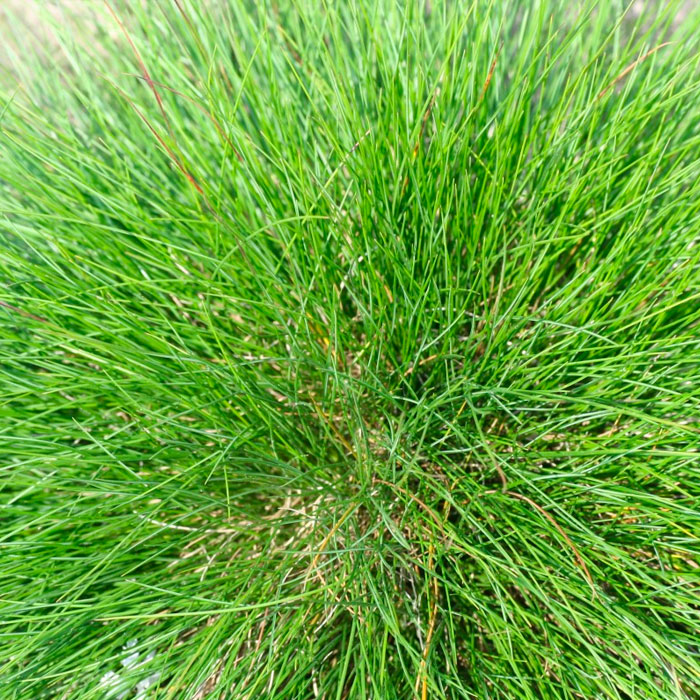
5. It’s all about grass, man!
Lawns are pretty much about grass: grass that doesn’t mind being sheared or cut, grass that can handle weed and pest control chemicals, grass that stays green. Fescues are usually part of the grass mix and they can handle both shade and drought. Some people plant all fescues, which is fine – and I mean really fine – so fine that it’s hard to get it to stand up so you really don’t have to mow it very often. It has a habit of lying down.
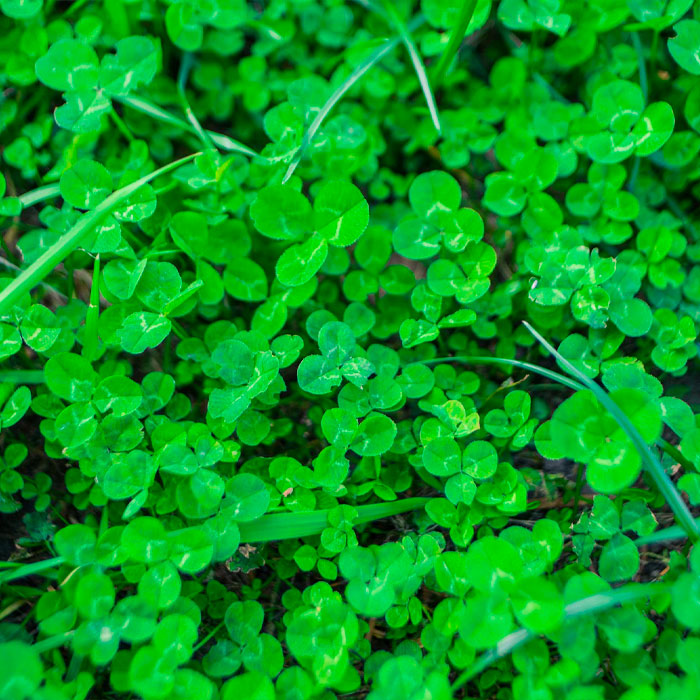
6. Some lawns get lucky.
An alternative to grass is clover. Clover has many benefits including the ability to “fix” nitrogen in the soil. (Clover takes nitrogen from the air to nitrogen-fixing bacteria in its roots which convert air-borne nitrogen to a form that plants can use in the soil.) It’s attractive to honeybees and doesn’t need much mowing. It tolerates compacted soils and has long roots that can reach water deep in the soil. However, it is not partial to heavy foot traffic, so if your lawn sees a lot of action, clover is not for you. Nevertheless, some people plant a mixture of clover and grass. Look hard and you will nearly always come across one or two with four leaves, which will make you feel lucky.
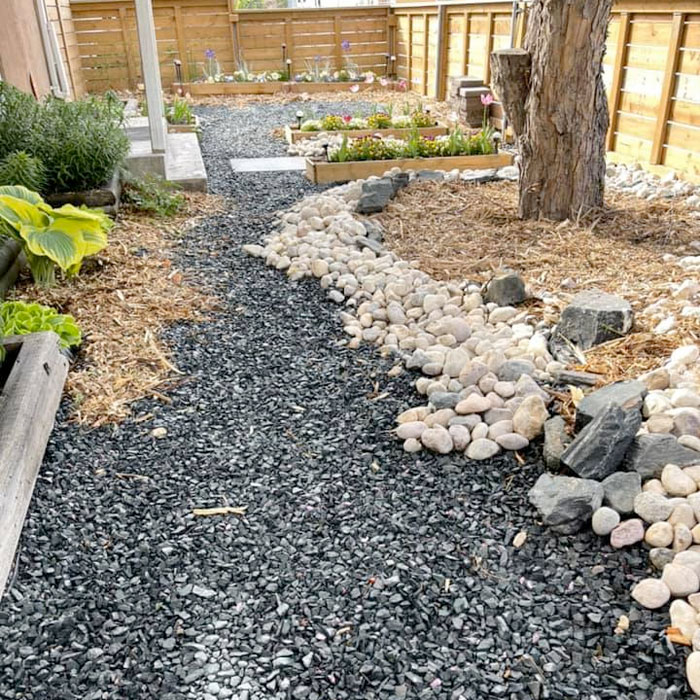
7. Go lawn-less.
There is a group of people who hate lawns and actively conspire against them. They think that lawns consume too much water, require too much maintenance and generally should be done away with. They could be right, but on the other hand lawns prevent soil from drying out and blowing away. They expire some of the moisture they use into the air, cooling it, providing it in aerosol form to other plants and making our cities more livable.
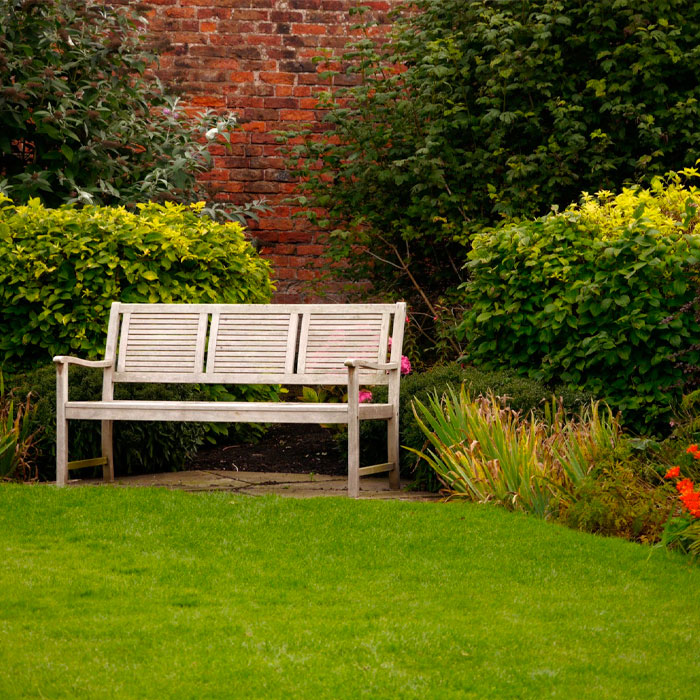
8. Lawns purify water and act as a natural air conditioner.
Lawns purify water as it passes through the root zone, reducing pollution. When it’s hot outside in summer, a lawn will be 30 degrees cooler than paving stones or asphalt and 14 degrees cooler than bare soil. The front lawn of just eight homes translates into the power of about 70 tons of air conditioning. An average air conditioner has the cooling capacity of only three to four tons.
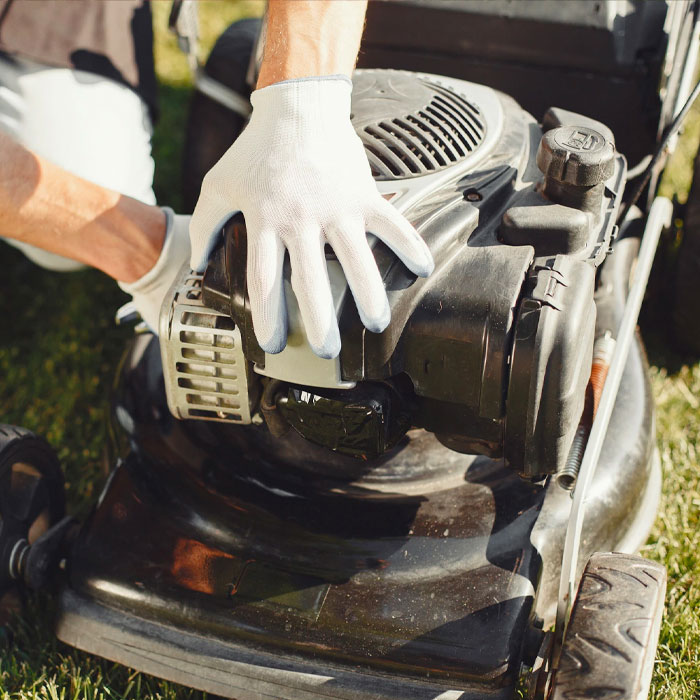
9. More spills than the Exxon Valdez.
Careless spilling of gasoline when filling lawn mowers accounts for 17 million gallons of fuel being spilled each year. That’s more than the spillage in 1989 by the tanker Exxon Valdez.

10. How do you know when it’s time to water?
By the footprints on the grass. Grasses on a dry lawn will bend over when you walk on them, leaving a telltale footprint. Grass patches may also turn a lighter green when the lawn is thirsty.
– Dorothy Dobbie Copyright©
Pegasus Publications Inc.



